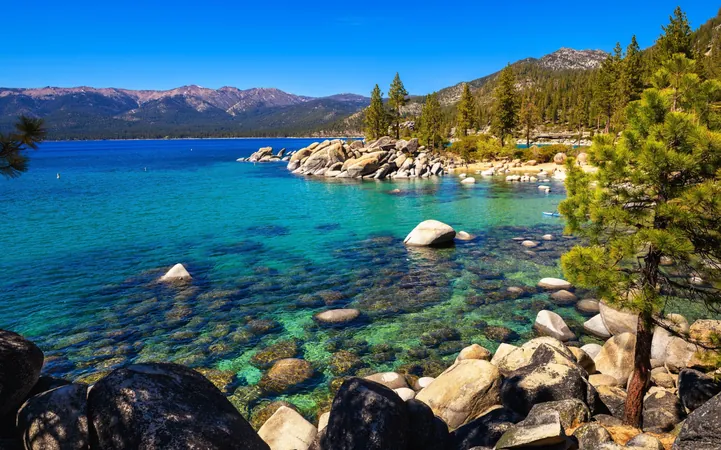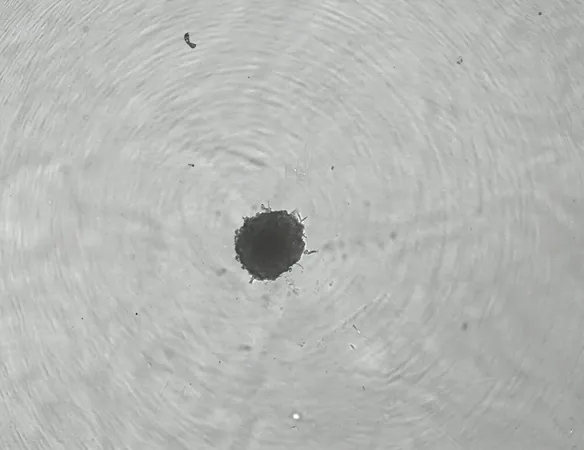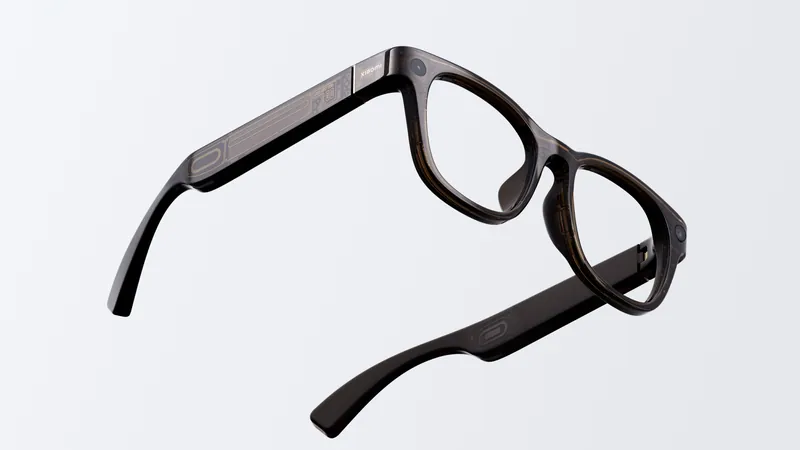
Unveiling Lake Tahoe: How Climate Change is Transforming Sunlight Beneath the Surface
2025-05-27
Author: Wei Ling
An Incredible Discovery at Lake Tahoe
Nestled in the majestic Sierra Nevada mountain range, straddling California and Nevada, Lake Tahoe has long been a focal point for scientists examining the forces shaping its water chemistry and clarity. A groundbreaking effort by researchers at the UC Davis Tahoe Environmental Research Center has unveiled a dramatic transformation in how sunlight penetrates this pristine lake.
18 Years of Groundbreaking Research
Beginning in 2006, scientists introduced sophisticated sensors to measure the journey of various wavelengths of sunlight, including the potent UV rays. After 18 years of meticulous data collection, their findings reveal alarming fluctuations in underwater UV exposure, a direct result of the region’s increasingly extreme climate.
Dramatic Differences in UV Exposure
The team's biweekly visits to the lake involved deploying a multichannel radiometer that gathered data on UV-B and UV-A radiation, as well as photosynthetically active radiation (PAR). The analysis found astonishing contrasts: during drought summers, the UV light penetrated as deep as 95 meters, while in the wettest springs, it barely reached 10 meters. This represents a staggering 100-fold difference in UV radiation year over year.
The Effects of Drought and Runoff
Lake Tahoe is celebrated for its crystal-clear waters, low in dissolved organic matter which acts like a natural sunscreen, filtering harmful UV rays. However, drought can strip away this protective layer. Research lead Shohei Watanabe explains, "It’s a bit like reducing the lake’s sunscreen, making it more vulnerable to 'sunburn.'" Conversely, heavy rainfall washes soil and organic material into the lake, casting a shadow that shields the underwater ecosystem.
Impact on the Ecosystem
UV rays, while beneficial at moderate levels, can wreak havoc on aquatic life. Excess UV exposure can damage DNA, disrupt photosynthesis, and alter the behavior of tiny crustaceans that serve as food sources for fish. This study highlights that fluctuations in UV to visible light ratios can significantly shift ecological balances.
A Global Concern with Local Implications
The study warns that clear-water lakes around the world will likely experience similar extremes in sunlight penetration due to climate change. Increased precipitation variability, characterized by cycles of drought and heavy rainfall, could lead to drastically different conditions from one year to the next.
Using UV Measurements as Early Warnings
Interestingly, the research found that monitoring UV transparency could serve as an early-warning system for climate-related challenges to water quality and fishery health—far more sensitive than traditional visibility measures like the Secchi disk.
Protecting Lake Tahoe's Clarity
The findings underscore the importance of mitigating erosion and limiting runoff to maintain the lake’s clarity. By adopting precautions, Tahoe could help restore its natural UV defenses, ensuring aquatic habitats remain protected even as climate extremes unfold.
A Clear Message on Climate Change
This study shows that the impacts of climate change stretch beyond temperature increases; it alters the light itself that reaches aquatic depths. In observing Lake Tahoe’s shifting ultraviolet landscape, scientists are able to track the repercussions of climate change in real-time.
The groundbreaking research has been published in the journal 'Limnology and Oceanography Letters,' marking a significant step in understanding how to protect fragile aquatic ecosystems amid a rapidly changing climate.



 Brasil (PT)
Brasil (PT)
 Canada (EN)
Canada (EN)
 Chile (ES)
Chile (ES)
 Česko (CS)
Česko (CS)
 대한민국 (KO)
대한민국 (KO)
 España (ES)
España (ES)
 France (FR)
France (FR)
 Hong Kong (EN)
Hong Kong (EN)
 Italia (IT)
Italia (IT)
 日本 (JA)
日本 (JA)
 Magyarország (HU)
Magyarország (HU)
 Norge (NO)
Norge (NO)
 Polska (PL)
Polska (PL)
 Schweiz (DE)
Schweiz (DE)
 Singapore (EN)
Singapore (EN)
 Sverige (SV)
Sverige (SV)
 Suomi (FI)
Suomi (FI)
 Türkiye (TR)
Türkiye (TR)
 الإمارات العربية المتحدة (AR)
الإمارات العربية المتحدة (AR)